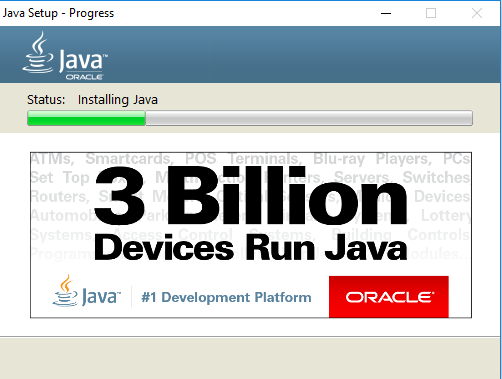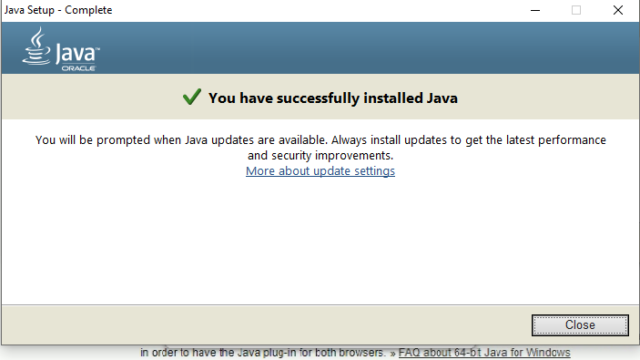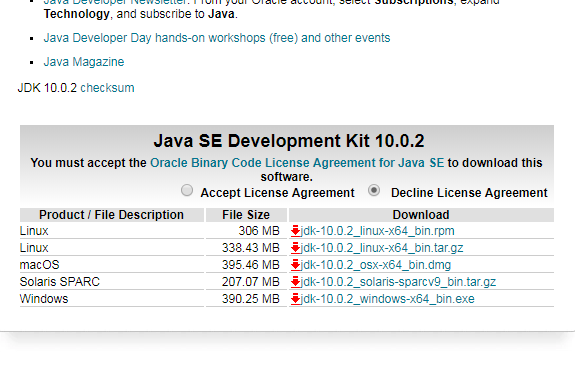

It comes along with Java Runtime Environment (JRE) and Java Development Kit (JDK) packages made available by Oracle corporation, which are the commercial implementation of Java, based on the OpenJDK runtime. Actually, JavaVM is an interpreter for executing programs written in the Java programming language. Update the package repository to ensure you download the latest software: sudo yum updateĢ.In simple words, Java Virtual Machine (JVM) is a software platform developed by the OpenJDK project to provide virtual machine to run Java written programs.


The current default, Long-Term-Support (LTS) version is Java 11. You can also decide which version you want on your system by installing a specific version number. You can install one or several Java packages on your machine. However, bear in mind its license only allows non-commercial use of the software. You can find the official Oracle JDK through a third-party repository or on the official Oracle webpage. You use JRE for running Java-based applications, while JDK is for developing and programming with Java.Īlso available is Java Oracle, another SE implementation, which has additional commercial features. There are two (2), open-source Java packages, Java Development Kit (Open JDK) and Java Runtime Environment (Open JRE). In this document, we look at different packages within the Java SE. The yum package manager, included by defaultĬurrently, there are four Java platforms available:.Access to the command-line/terminal window.For a dedicated Fedora guide, please refer to How To Install Java On Fedora.Īnd for other systems, check our tutorial on how to install Java on Windows. Note: These installation instructions apply for CentOS7 as well as versions 6 and 6.5, RHEL, and recent Fedora releases.


 0 kommentar(er)
0 kommentar(er)
